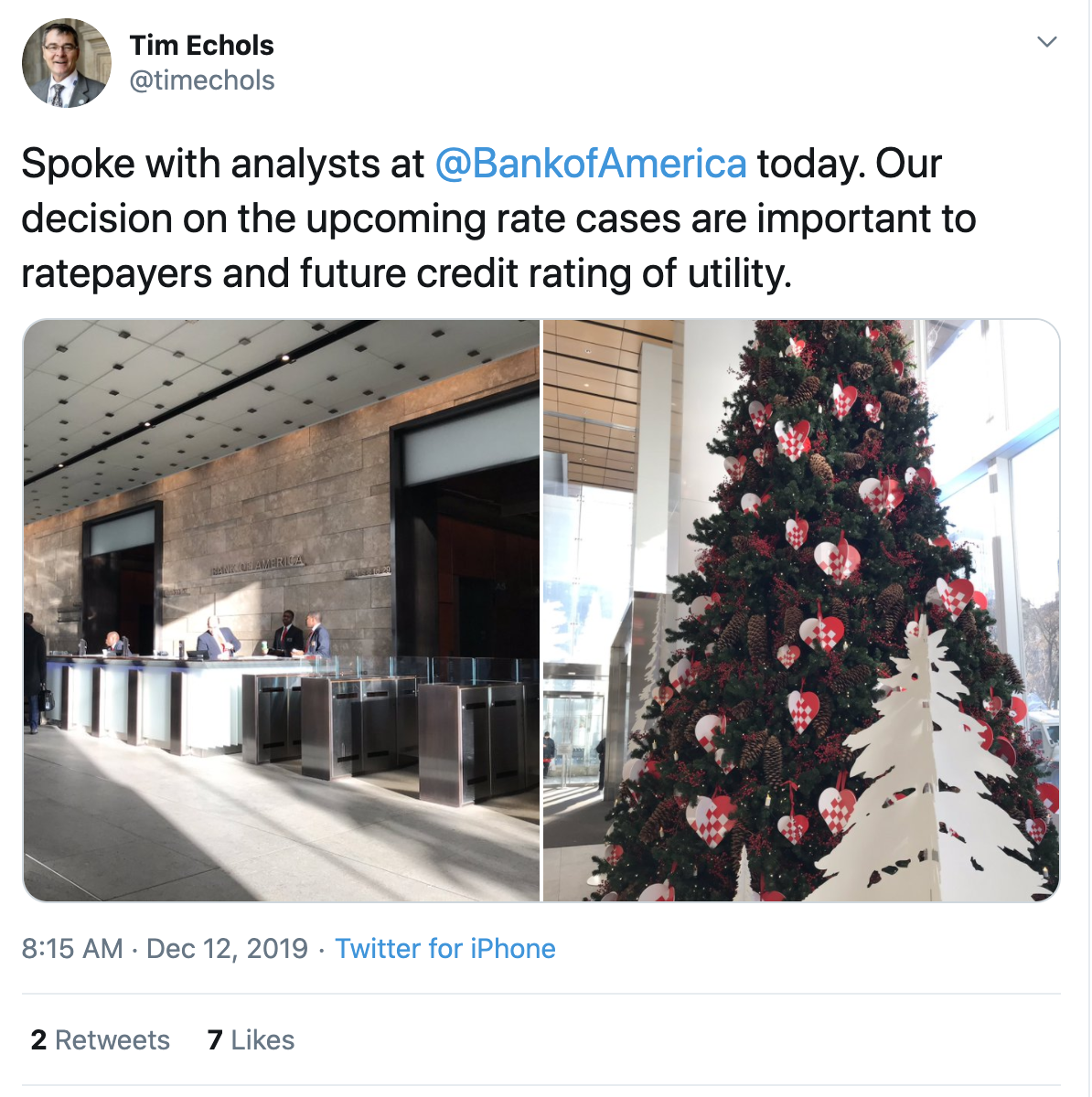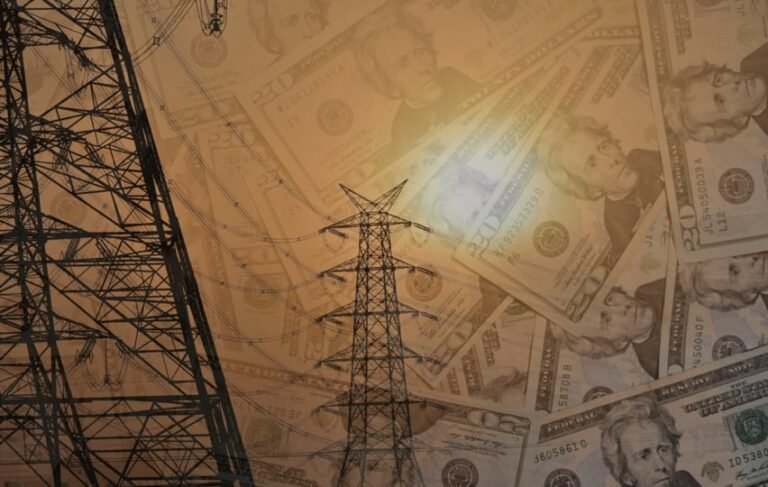Georgia Power Set to Automatically Enroll New Residences in Demand Charge Rates

Georgia Power will begin levying demand charges on new residential premises starting in January 2021. The new rate schedule, approved by the Georgia Public Service Commission (PSC) in December 2019, will charge residential customers for a brief period of their highest electrical usage every month, such as when they happen to be using multiple appliances at a time for a few minutes. The demand charges will be the default for new residential premises, meaning customers must proactively opt out to avoid demand charges.
Other utilities who have tried to institute residential demand charges have typically been met with fierce backlash from the public. Arizona Public Service’s (APS) residential demand charges drew protests. News reports and regulatory investigations later revealed that APS’ online tool – which was supposed to help customers find the best rate plan – provided bad advice, putting some 12,000 customers on the wrong rate plan.
Demand charges are common for commercial and industrial customers who have more resources to help them meaningfully shift or decrease their peak demand, thus avoiding demand charges and reducing strain on the grid. Residential customers, by contrast, have fewer options to reduce their bills under demand charge rate structures. Demand charges cannot be known in advance and it may not be immediately apparent to customers what caused their peak demand charges.
Georgia Power purports to be levying the demand charges to align customer behavior with the needs of the grid. However, the demand charges are non-coincident, which means that customers pay for their own period of maximum demand during the month regardless of the stress, or lack thereof, on the grid at that time. ComEd came under fire in Illinois for a similar non-coincident demand charge proposal in 2016.
Georgia Commission fails to deliver smart meter savings to customers
For a utility to use demand charges, it must have smart meters installed in order to receive detailed usage information from customers. Utilities, including Georgia Power, have promised smart meters as a way to save customers money. In some cases, when paired with the right rate designs, smart meters have delivered savings. More than 1 million Baltimore Gas and Electric customers signed up for a demand response program, almost 90% of whom were receiving bill credits for active participation, according to company documents from 2016. Demand response programs incentivize customers to shift their consumption of energy away from times when the grid may be strained, such as during the hottest days of a Georgia summer.
Georgia Power, which first received approval to install smart meters from the Georgia Public Service Commission in 2007, has been unable to demonstrate material customer savings from its smart meters. Georgia Power, when reached for comment by EPI, did not provide specific customer savings resulting from the use of smart meters.
Georgia Power has not filed or been required to conduct a cost benefit analysis to demonstrate customer savings from the installation of smart meters, nor has it filed any public information with the regulators indicating the performance of smart meters, according to information provided to EPI by the Georgia PSC.
Wave of new charges headed for Georgia Power customers
Beyond the demand charges for new residential premises, all Georgia Power customers will face additional bill charges slated to start in 2021. After an average $6 per month increase in 2020, Georgia Power rates will rise between 2-2.5% in 2021 and 4.5-5% in 2022.
As part of Georgia Power’s 2019 rate case, the Georgia PSC sided with the utility in allowing it to continue earning more than a 12% return on equity (ROE), a measure of profitability, despite the Commission Staff’s recommendation of an ROE of 9.2%. Commissioner Tim Echols defended the higher ROE, stating that Wall Street had convinced him to leave Georgia Power’s profit largely untouched. Lowering the ROE he said, “would trigger a downgrade, based especially on what I heard last week in New York.” Five days prior to the vote, Echols tweeted from the lobby of Bank of America, “Our decision on the upcoming rate cases are important to ratepayers and future credit rating of utility.”

When Georgia Power earns more than the 12% ROE allowed, the PSC gives the company permission to keep a portion of the excess earnings as profit. In 2018, the sum in excess of the 12% ROE Georgia Power kept as profit was more $50 million.
Unit 3 of Plant Vogtle, Georgia Power’s over-budget and behind-schedule nuclear construction project, is currently scheduled to come online in late 2021, triggering more additions to Georgia Power customer bills. Customers have to date largely paid for the financing of the construction of Plant Vogtle through the Nuclear Construction Cost Recovery tariff. Once construction is finished, however, customers will begin paying for the nuclear power plant itself, adding another 5.4% to customer bills, according to Georgia Power filings.
Plant Vogtle may be delayed again due, in part, to Georgia Power’s “astounding 80%” failure rate for new components installed at the site. Issues at the construction site would likely add more than $1 billion to the already $30 billion project, according to independent monitors of the project and reported by the Atlanta Journal-Constitution.
New Georgia Power charges threaten Atlanta’s affordable housing goal
Atlanta Mayor Keisha Bottoms announced a goal in 2019 to develop 20,000 new affordable housing units by 2026, in response to increasing housing costs driving residents out of their neighborhoods. At the time Bottoms told the AJC, “There’s a growing gap in what people can afford and what people make.”
Atlanta households’ energy burden – the percentage of income spent on energy – is one of the highest in the nation and growing, even before accounting for Georgia Power’s new default residential demand charge, according to research from Georgia Tech. Low income and low-use customers, and apartment dwellers are disproportionately impacted by residential demand charges, according to a report from the Regulatory Assistance Project.
Half the low-income households in Atlanta have an energy burden greater than 10.2% of their income, and a quarter of low-income households have an energy burden over 18.2%, according to the American Council for an Energy Efficient Economy. The national average for energy burden is 3.5%.
Rising energy burdens make it increasingly difficult for affordable housing efforts, such as those led by Mayor Bottoms, to succeed. Even if affordable housing is available, residents may not be able to afford basic services, such as electricity.



